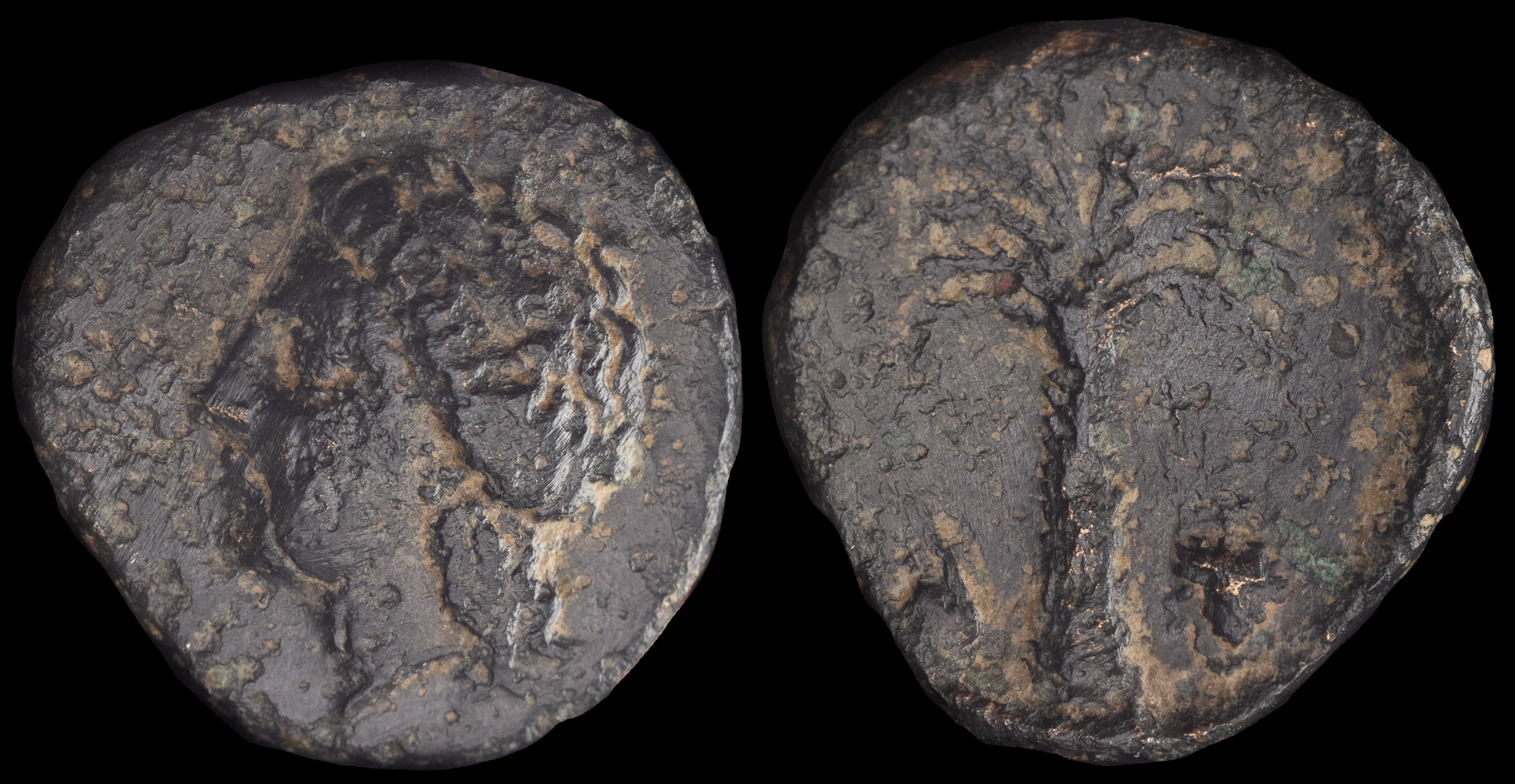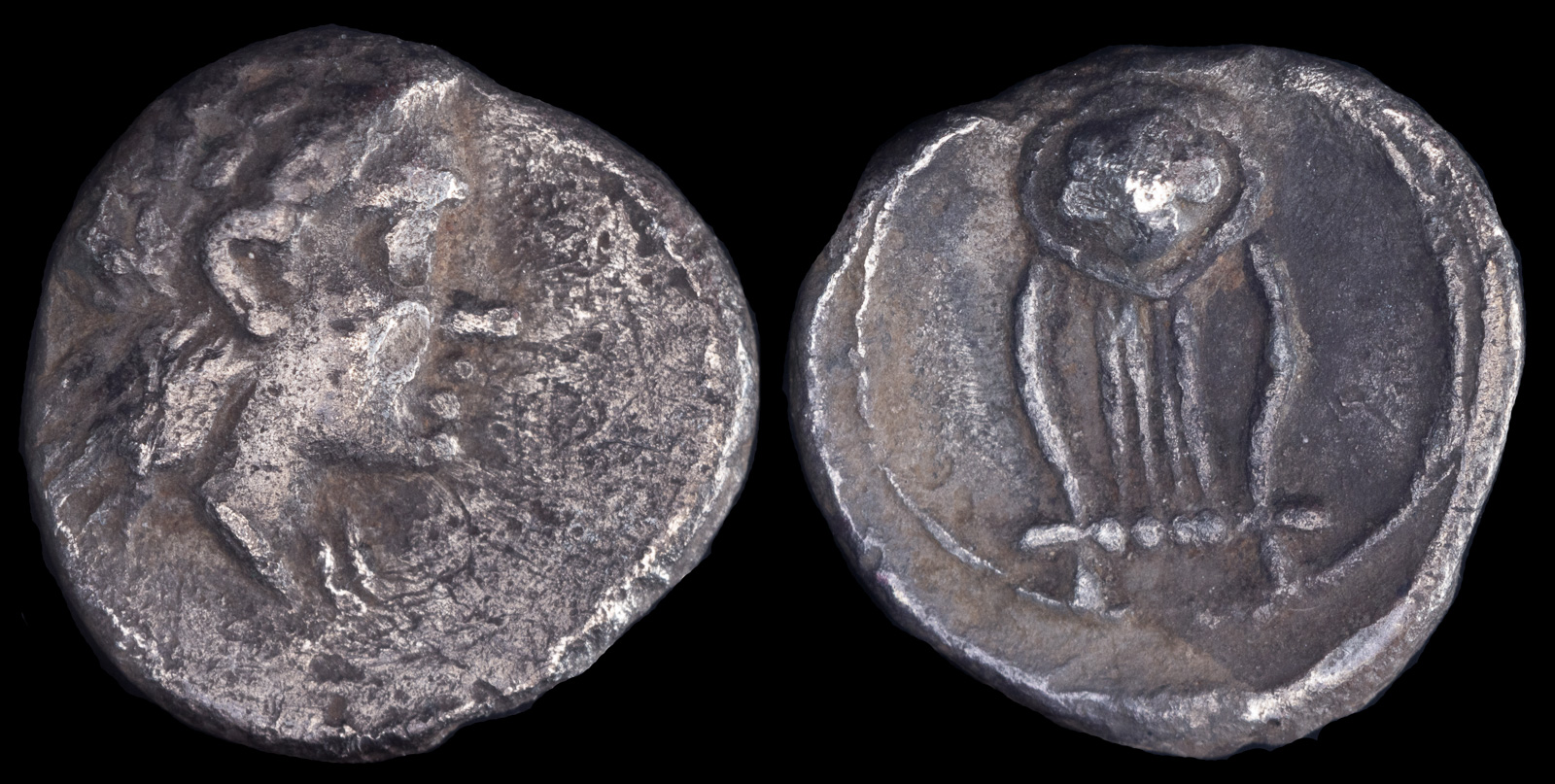Chelys
View All Tags
The chelys is often linked with the myth of Hermes, who, in some versions of the myth, is credited with creating the first lyre using a tortoise shell. After discovering the shell, Hermes fashioned the instrument and, in turn, presented it to Apollo, who later became its divine patron. The chelys is thus closely associated with Apollo, the god of music, and his ability to bring harmony through music. Over time, the chelys evolved into a variety of different forms, including the more sophisticated lyra and kithara, but its simpler design continued to be appreciated, particularly in smaller, more intimate settings, and among early Greek musicians.
The chelys held symbolic meaning beyond its musical properties. In the ancient Greek world, music was not just a form of entertainment, but an important aspect of religious rituals, education, and social life. The chelys, as a precursor to more advanced string instruments, represented the early development of musical tradition. It was also linked to Dionysus, the god of wine and revelry, whose cult and celebrations often involved music, dance, and poetry, all of which the chelys accompanied. Furthermore, the instrument was featured in poetic and mythological references, often used by gods and heroes to signify connection to the divine or the natural world.

Argolis, Halieis
struck under the Tirynthians circa 340-330 BCE
Ae 14mm 2,58g
Obv: Laureate head of Apollo to left.
Rev: T-I. Palm tree between chelys to left and grapes to right.
BCD Peloponnesos 1278.1. HGC 5, 777

Cyclades, Kythnos
4th century BCE
AR Hemiobol(?) 8.5mm, 0.47 g, 2h
Laureate head of Apollo right /
Chelys within linear circle
Unpublished in the standard references, but cf. HGC 6, 607 for a similar bronze issue from Kythnos